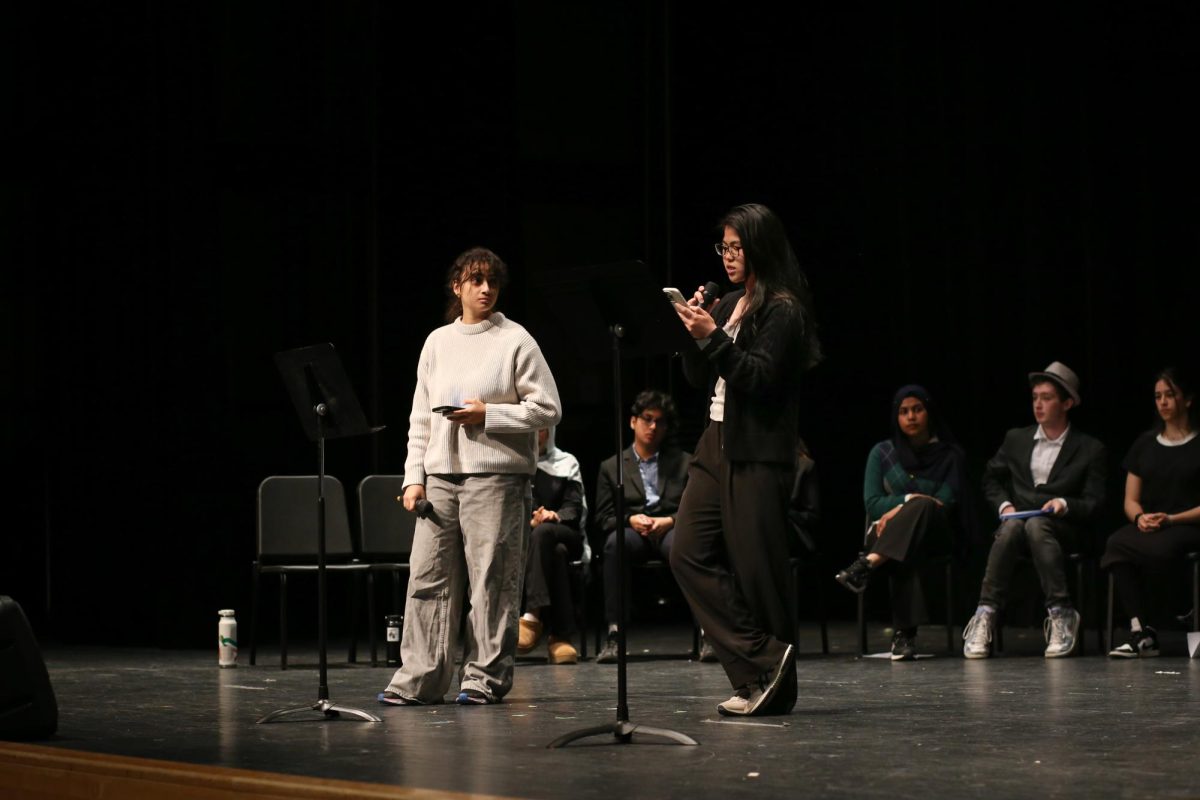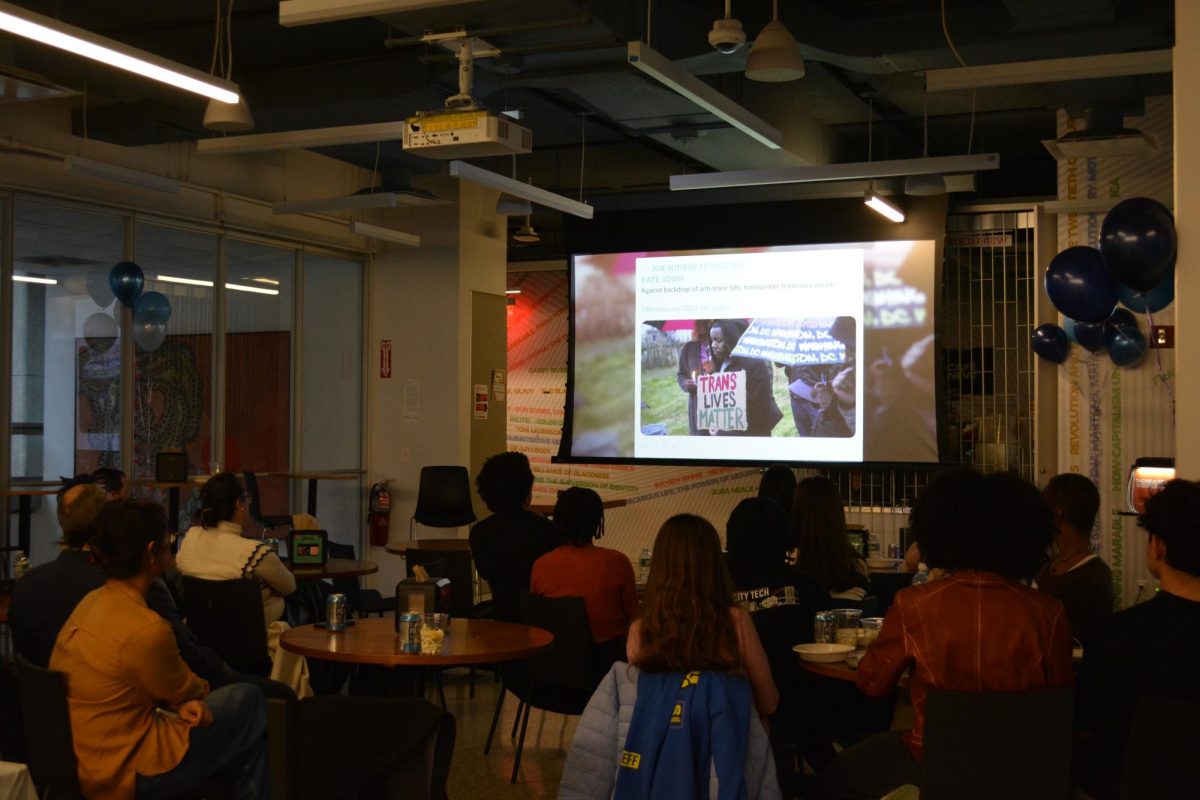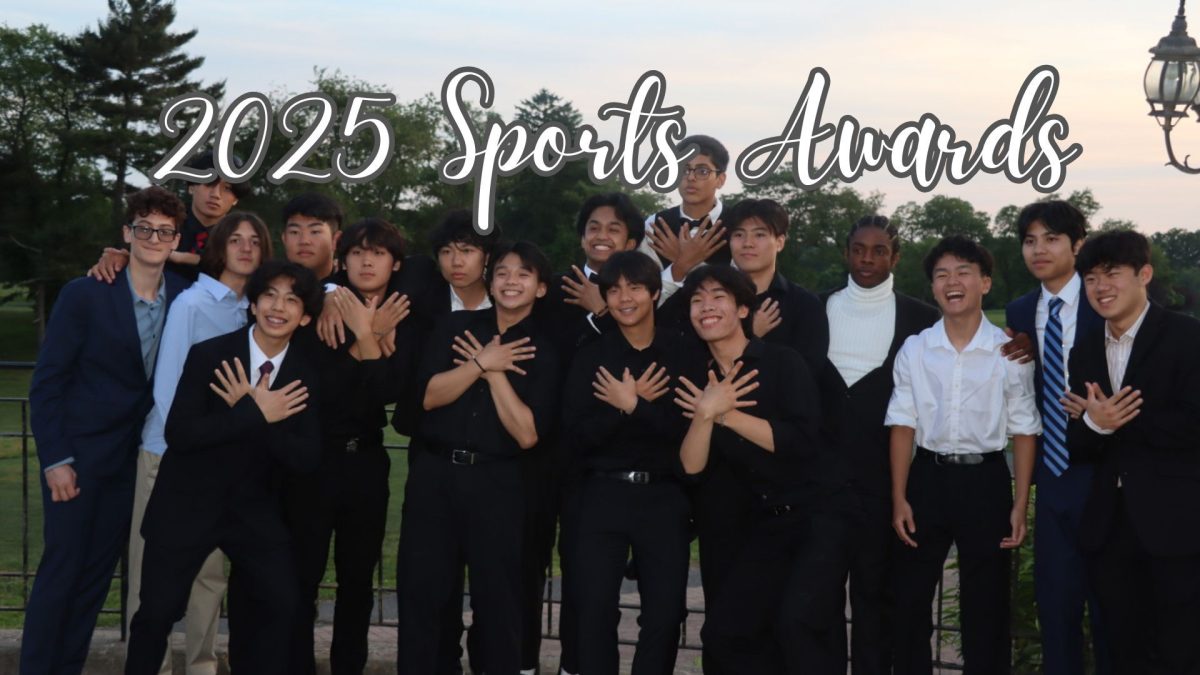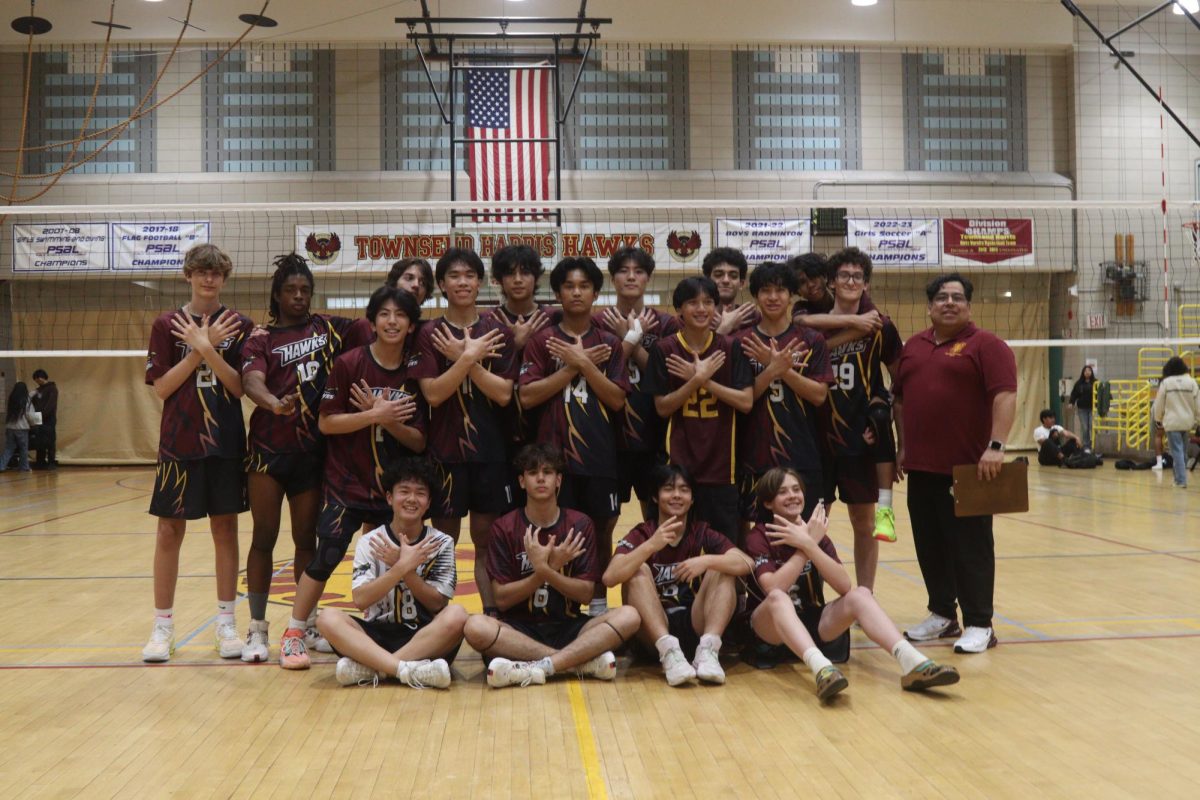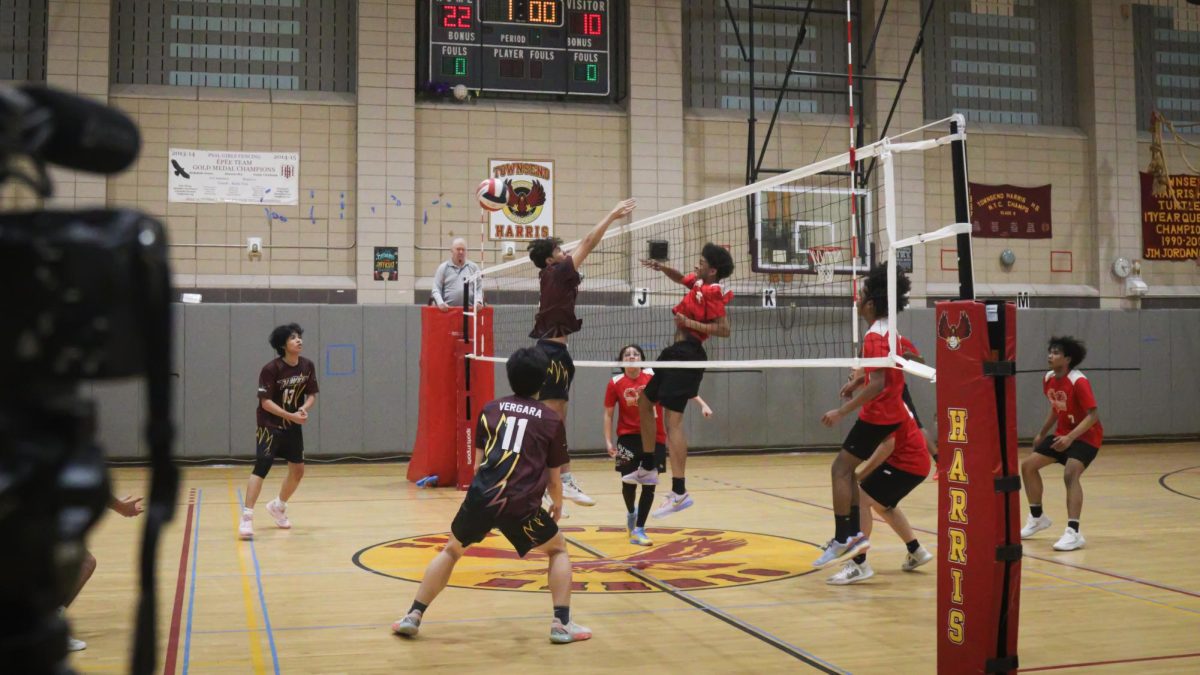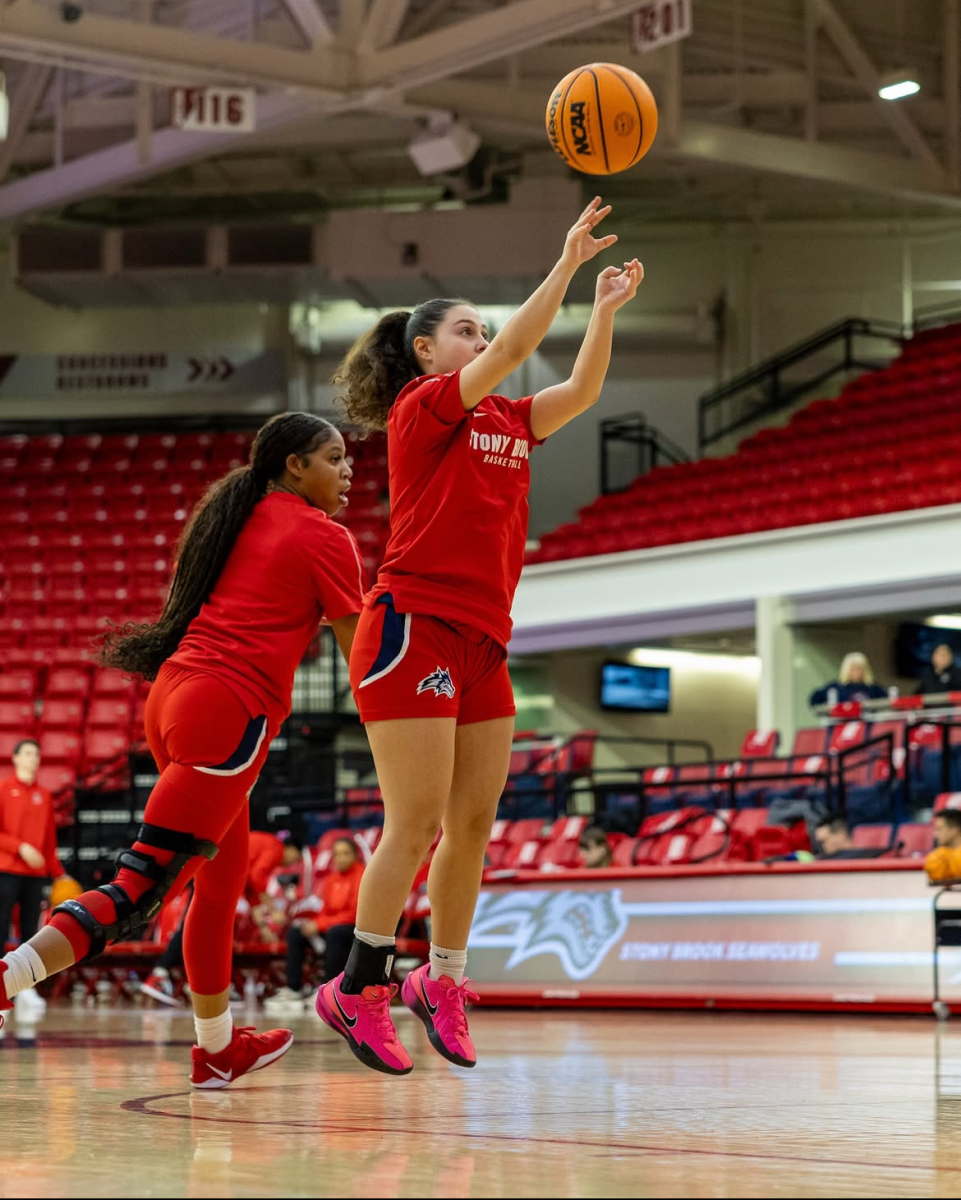
Finding athletes is hard, especially in an academically driven school like Townsend Harris where many students choose to focus on their studies rather than on sports. Consequently, recruiting proves difficult for athletic teams, especially when many believe that joining a sport will hurt their academic performance and their chances of getting into their dream colleges.
Even current leaders of THHS’s athletic teams have to struggle with this. For Paula Fraczek, senior captain of the girls varsity soccer team, finding a balance between the two was a major concern early on.
“I’ve been playing soccer from a young age, but I didn’t join the soccer team until my sophomore year,” she said. “When I was a freshman, I was worried that I wouldn’t be able to balance sports with academics.”
She added, “But I eventually joined because my friend, who was on the team already, convinced me.”
Many students share Paula’s original mindset. Senior and track and field captain Minhaj Rahman tackles this challenge frequently.
“One of the most difficult parts about recruiting is convincing the student that joining a sport will not take a toll on a student’s academic achievements and, in some cases, that it may benefit their average.” According to Minhaj, these benefits include better organization and time management skills, which are developed when spending time at practices, games, and meets.
Luckily, there are successful methods for finding new teammates that dismiss these notions ahead of time. One of the most popular forms of reaching out to prospective athletes is through Facebook. Facebook allows students to connect to teams before school even starts. Usually, captains use messages and team pages to relay important announcements to students. This allows a student to get an early start by coming to summer practices and making new friends before the first day of high school. Sports that take place in the winter or spring, on the other hand, may use different approaches in lieu of summer practices.
Junior and boys varsity baseball captain Evan Noblesala understands the importance of reaching out to athletes early on. However, he also feels that a more personal approach is better suited to the baseball team’s recruiting success.
“One effective method has been promoting ourselves through actual communication with the prospective athletes. By doing this, you build a relationship with them, making them feel welcome on the team,” he said. He added that “The second [method] is definitely the winter and fall workouts. During these we actually see what the prospective players can bring to the team.”
Despite these efforts, according to Evan, it is difficult to find boys with experience in baseball, considering that boys make up only about a third of the school’s population.
Girls swimming captain Brenda Zhang, on the other hand, uses connections outside of high school to find future recruits. “We mainly try to [convince] the middle schoolers from our club teams into coming to Townsend. That in itself can be one of the main obstacles, as any incoming swimmer we have our eye on has to have the solid academic record needed to get accepted into the school first,” she said.
Being part of a team isn’t reserved for star-studded athletes. Confidence can be problematic for amateurs who lack talent or experience. Fencing captain Rebekah Jones finds this the major difficulty when recruiting.
“The most difficult thing about recruiting new athletes is making sure that they’re not discouraged if they don’t have an immediate talent for it.”
She further explained, “However, after explaining to them how fun the sport can be and how amazing the team is, they usually at least want to try it out.”
Despite the efforts that go into recruiting, joining an athletic team is not based solely on a team’s promotional efforts. In a survey targeting the sophomore, junior, and senior classes, sixty-three percent of respondents replied that their participation in a high school sport resulted from previous interest or experience; the second most popular reason was encouragement by friends, which comprised seventeen percent of respondents.
Junior Holman Guaman, for instance, joined track in the middle of his sophomore year simply because his friends joined at that time and also wanted to make new friends. Nonetheless, he soon learned valuable lessons – ones that he would not have learned hadn’t he joined.
“I gained a bunch of friends [and] a new view on how one’s life should be taken care of,” he said, adding, “If you put in work, you will get results.”



